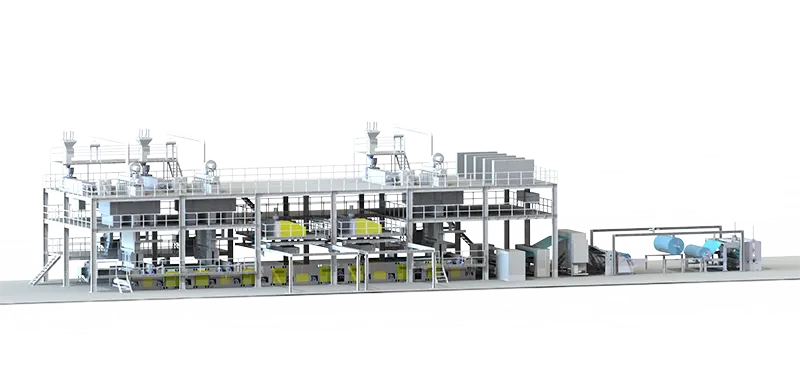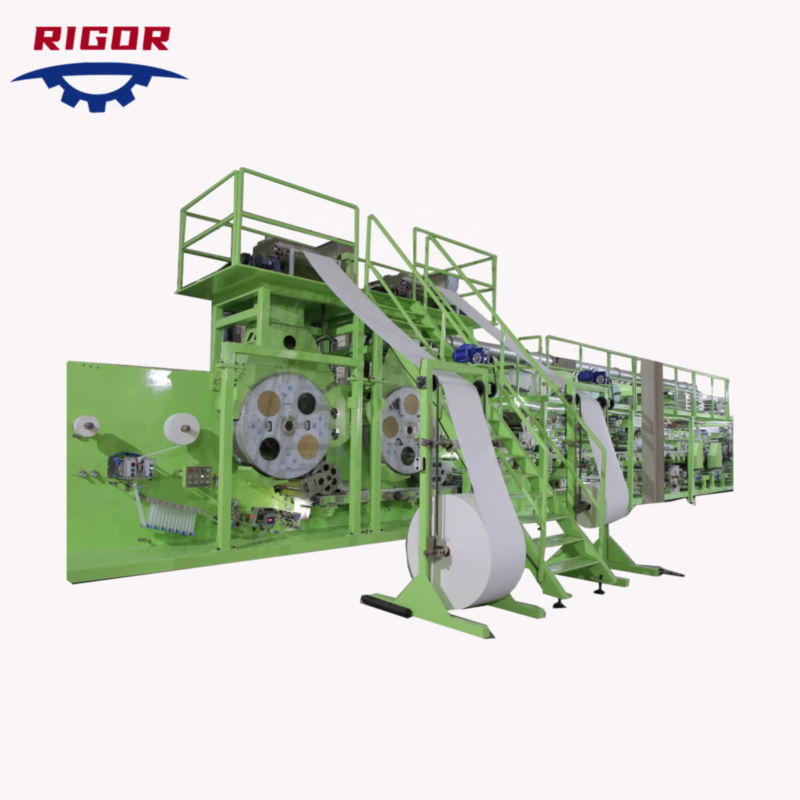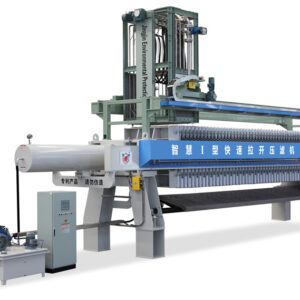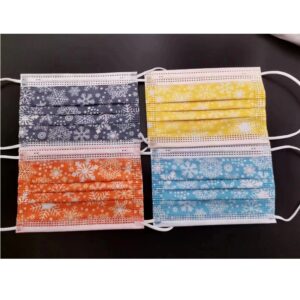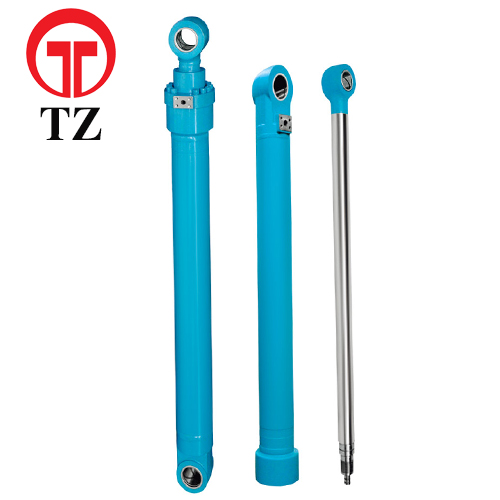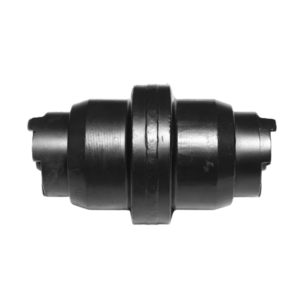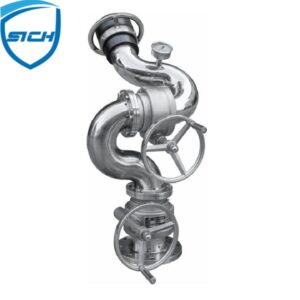When choosing a nonwoven fabric machine, there are several factors to consider.
Here are some important factors to keep in mind:
Production capacity: Consider the production capacity of the machine, including the speed and width of the fabric that can be produced. Make sure that the machine can meet the required production output for your application.
Raw materials: Consider the types of raw materials that the machine can handle, as well as the range of fiber deniers and lengths that can be processed. Ensure that the machine can handle the specific type of fibers required for your application.
Fabric properties: Consider the desired properties of the finished fabric, such as strength, durability, softness, or breathability. Choose a machine that can produce a fabric with the desired properties.
Machine cost: Consider the cost of the machine, including the initial investment, maintenance costs, and energy consumption. nonwoven fabric machine Ensure that the machine provides a good return on investment and is cost-effective over the long term.
Technical support and service: Choose a machine from a reputable supplier who can provide technical support and service, including installation, training, and maintenance.
Safety and quality standards: Choose a machine that meets the necessary safety and quality standards for your application.
Environmental impact: Consider the environmental impact of the machine, including energy efficiency and waste reduction. Choose a machine that is environmentally friendly and meets any local regulations or standards.
By considering these factors and working with an experienced and reputable supplier, you can choose a nonwoven fabric machine that meets your specific needs and produces high-quality fabrics for your application.
How can I determine the production capacity required for my application?
Determining the production capacity required for your nonwoven fabric application depends on several factors.
Here are some steps you can take to estimate the production capacity required for your application:
Determine the required fabric width: The required width of the fabric will depend on your specific application. For example, if you are producing nonwoven fabric for use in the construction industry, you may require a wider fabric than if you are producing fabric for use in the healthcare industry.
Calculate the desired production output: The desired production output will depend on the amount of fabric required for your application. For example, if you need to produce 100,000 square meters of fabric per month, you will need to calculate the daily production output required to meet this target.
Determine the machine speed: The machine speed is the rate at which the nonwoven fabric machine can produce fabric. This will depend on the specific machine you choose, as well as the type of fabric being produced.
Calculate the production capacity: Once you have determined the desired production output and the machine speed, you can calculate the production capacity required to meet your target. For example, if you need to produce 100,000 square meters of fabric per month and the machine speed is 50 meters per minute, you will need to run the machine for approximately 33.3 hours per day to meet your target.
It’s important to keep in mind that these calculations are estimates, and actual production capacity may vary depending on the specific machine, raw materials, and production conditions. It’s best to work with an experienced supplier who can provide guidance on the appropriate machine and production capacity for your specific application.
